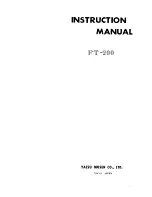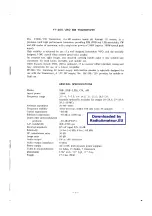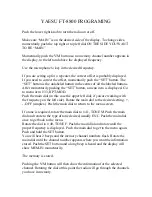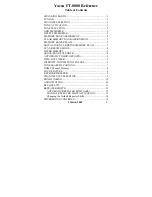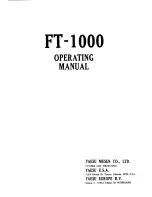
12 of 33
4-20mA Loop Installation:
Cable Routing: Separate cables are required for each
Transmitter. In classified areas, the cable
should be in conduit or it should be an
Approved hazardous location cable
Power Supply
:
Ensure power supply meets the minimum
Requirements of all components of the
System. It is recommended to have a stable, clean,
regulated power supply
.
Caution: Polarity must be observed. If the return & +24 Volt wires
are reversed, the transmitter will not work and may get damaged if
energized. Do not apply electrical power to the transmitter until
all connections are made, the sensor is in place and the transmitter
is completely closed.
Steps to follow: (Ref Figure-4)
Relay Cable Guideline: (Optional)
The transmitter is equipped with one potential free Relay (optional)
contacts.
Relay connections are labeled: NO (normally open), NC (normally
closed) & C (common). Attach wires as required on the field. For
wire connections, please follow the steps given below.
a.
Remove the transmitter glass window cover & Top processor Board.
Top processor board is to be removed carefully & patiently as
shown in the demo video.
b.
On left hand side of the Bottom board one can see three green
colored connectors viz. RLY1, RLY2 & RLY3.
(Rly2 & Rly3 not
available in KwikSense-Lite version)
c.
Relay Cable Installation: Attach the conduit, if applicable, pull
cable into the enclosure through the cable gland on the left hand
side of the enclosure as shown in the diagram. As per the
requirements you may take out three wires viz. NO, NC & C for each
Relay.




























